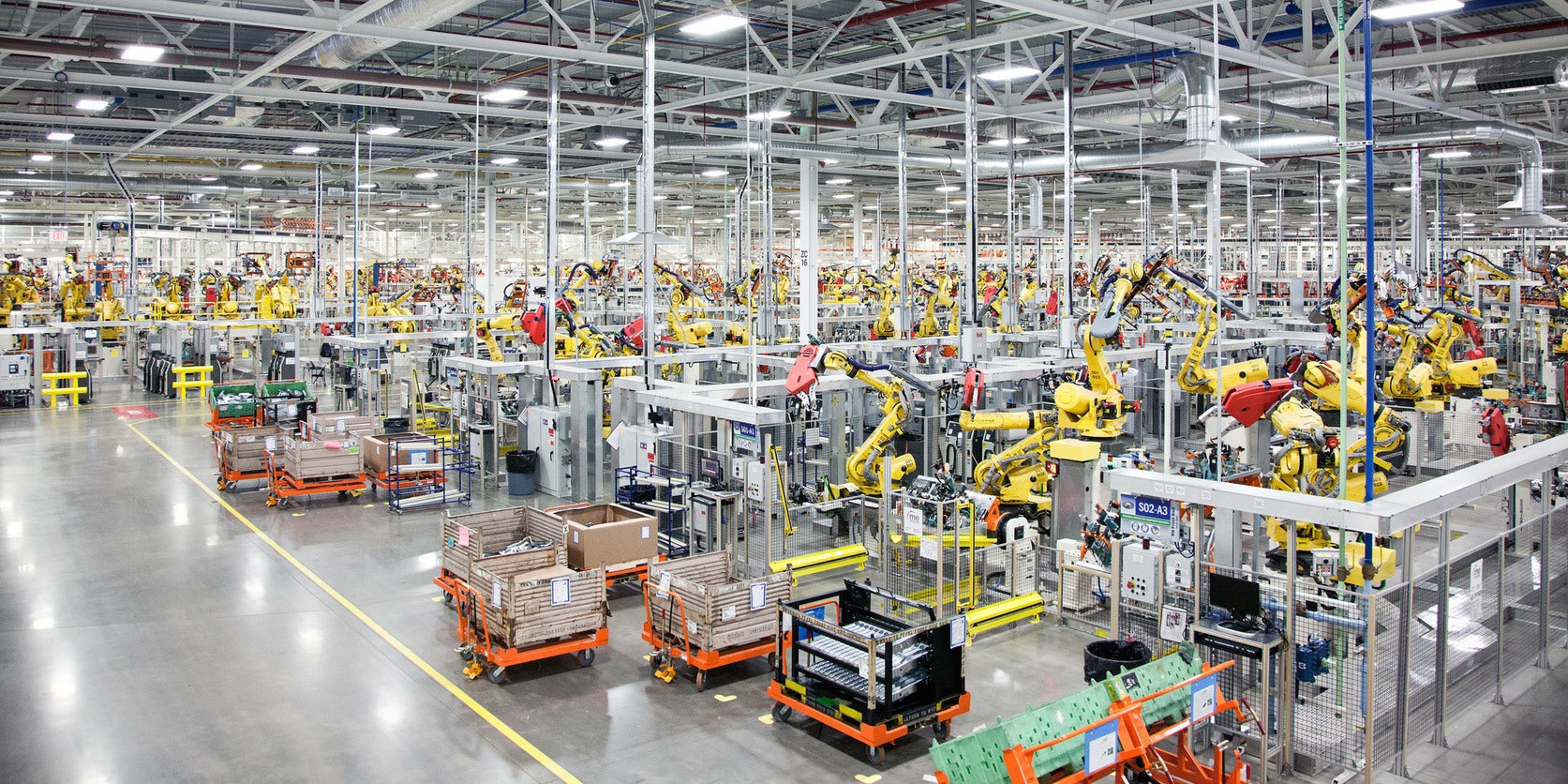China’s economic miracle is directly attributable to its manufacturing industry. Approximately 100 million people are employed in manufacturing in China (in the U.S., the number is around 12 million), and the sector accounts for almost 36 percent of China’s Gross Domestic Product(GDP).
Despite the huge challenges, a large number of manufacturers in China are planning to transform their production processes using robotics and automation at an unprecedented scale.
Do they really have a choice? Human labor in China is no longer as cheap as it once was, especially compared with labor in rival manufacturing hubs that are quickly growing in Asia. In Vietnam, Thailand, and Indonesia, factory wages can be less than a third of what they are in the urban centers of China.
So the solution for China, many manufacturers -and government officials- believe, is to replace human workers with machines.
Almost a quarter of the world’s products are made in China today. If China can use robots and other advanced technologies to retool productions that never before automated, that might turn the country, now the world’s sweatshop, into a hub of high-tech innovation.
But how this would affect the millions of Chinese factories workers?
But this change will challenge U.S., European and Japanese industrial companies not used to competing with Chinese firms in the high-end segments of their markets.
In other words, China may soon be known less for cheap Christmas toys and more for high-end medical equipment, luxury cars and jet engines.
